One of our family traditions is to decorate the day after Thanksgiving, unless we’re out of town, and no later than the first Saturday in December. We like to enjoy the decorations for as long as possible. Our decorations include lights, inside and out, artificial garlands, nutcrackers, angels, Santas, and lots of nativity scenes as well as a large, artificial, pre-lit tree decorated with blue, silver, and gold balls, and a few sentimental pieces I’ve been given or purchased at memorable events such as the Nutcracker Ballet. Christmas Eve, we focus on the miraculous birth of the baby Jesus. Christmas Eve traditions in Regency England were very different. Like today, English Regency traditions depended on the area and family preferences. Still, many wide-spread English traditions have ancient origins.
Greenery
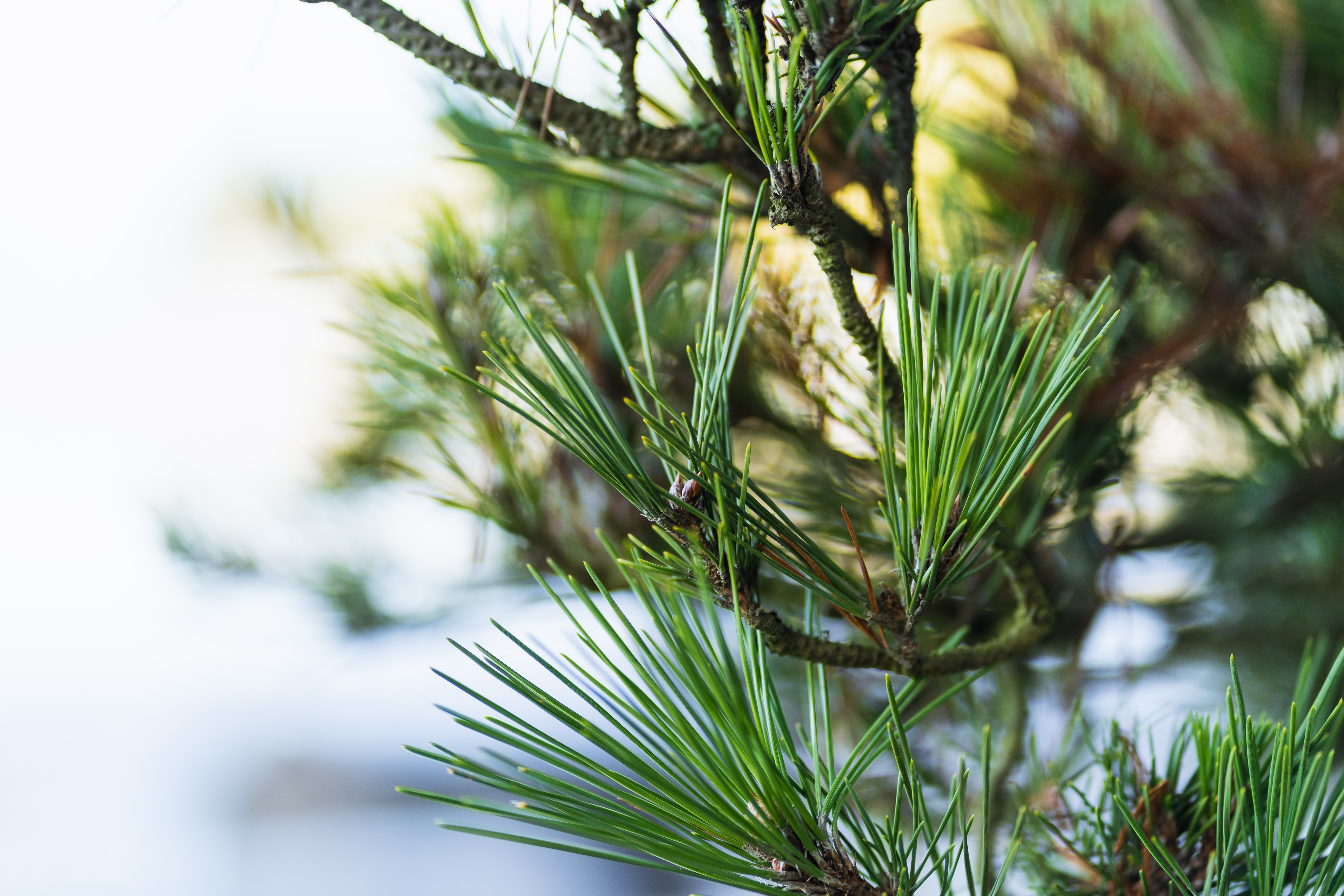
Dating back at least as far as the dark ages, people in nearly every cottage, hut, and castle decorated their homes with all manner of evergreens on Christmas Eve. These evergreens included holly, ivy, laurel, hawthorne, and hellebore (Christmas rose). Wreaths, garlands, and boughs adorned every surface and corner. Leaving them up until Twelfth Night or Epiphany, which is January 6, supposedly brought good luck in the coming year.

Mistletoe
A distinctively English tradition, the kissing ball or kissing bunch is made up of thin wooden hoops fastened together, decorated with mistletoe and other greenery; herbs including rosemary and bay leaves; and even fruit such as apples or oranges. Ribbons often adorned these balls.
If a gentleman found a lady under the kissing bough, he could kiss her without censure. After the kiss, he plucked a berry from the mistletoe. Once all the berries had been picked, all such privileges ceased. If the object of his kiss happened to be a servant, he also gave her a coin as a courtesy. Some maids may have deliberately lingered under the mistletoe ball to earn a few extra coins.
A variation of the kissing ball is the holy bough. Inside were beautifully-made paper dolls representing Mary, Joseph, and the infant Christ child. The holy bough might also be adorned with greenery, herbs, and fruit similar to the kissing bough.
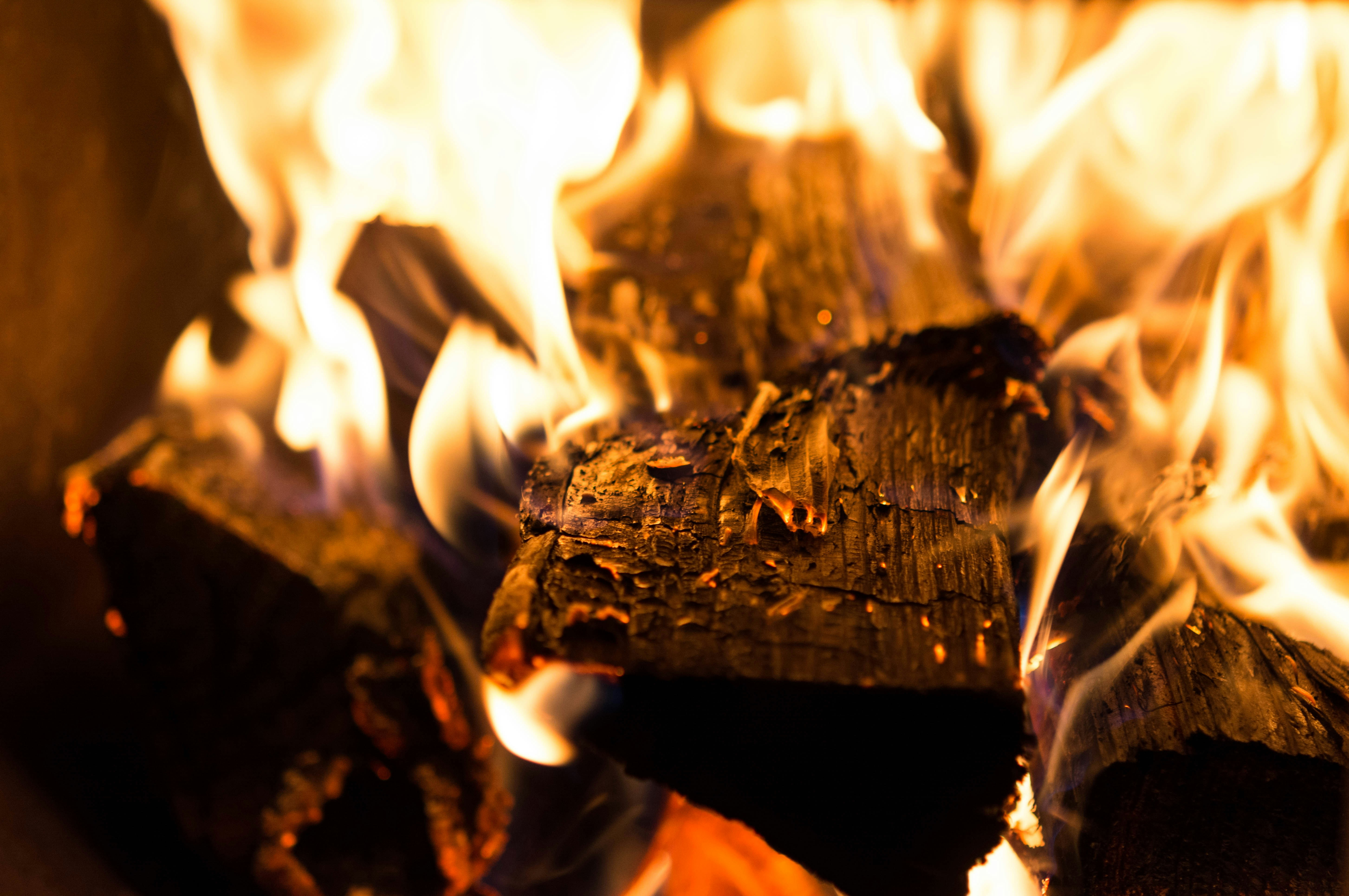
The Yule Log
This custom comes to us from the Vikings. For years, “yule” was a term used mostly in Northern England due to its Norse roots, but eventually the name and custom spread all over Europe. Traditionally, families burned the log for the entire twelve days of Christmas. For that, one needed a big hearth and a big log. The choice of a yule log was supposed to be specific and felled that day from the nearby forest, although folklore mentions a tree root. Once the log searchers found a suitable prize, they wrapped it in hazel twigs and it dragged in an impromptu parade home, sometimes with the aid of a team of farm hands or using horses. They then lit the new log with a lump of charcoal or ashes saved from the previous year’s Yule Log. This tradition erased all mistakes and faults from the current year and brought in the new year with a clean slate. It also supposedly brought protection from evil and prosperity to the household.
Family Time Christmas Eve
After spending all day decorating and bringing home the Yule log, some families had their most distinctive feast on Christmas Eve. Other families had their Christmas fest on Christmas Day. Many families played games or danced until the church bells rang, calling them to the midnight service.
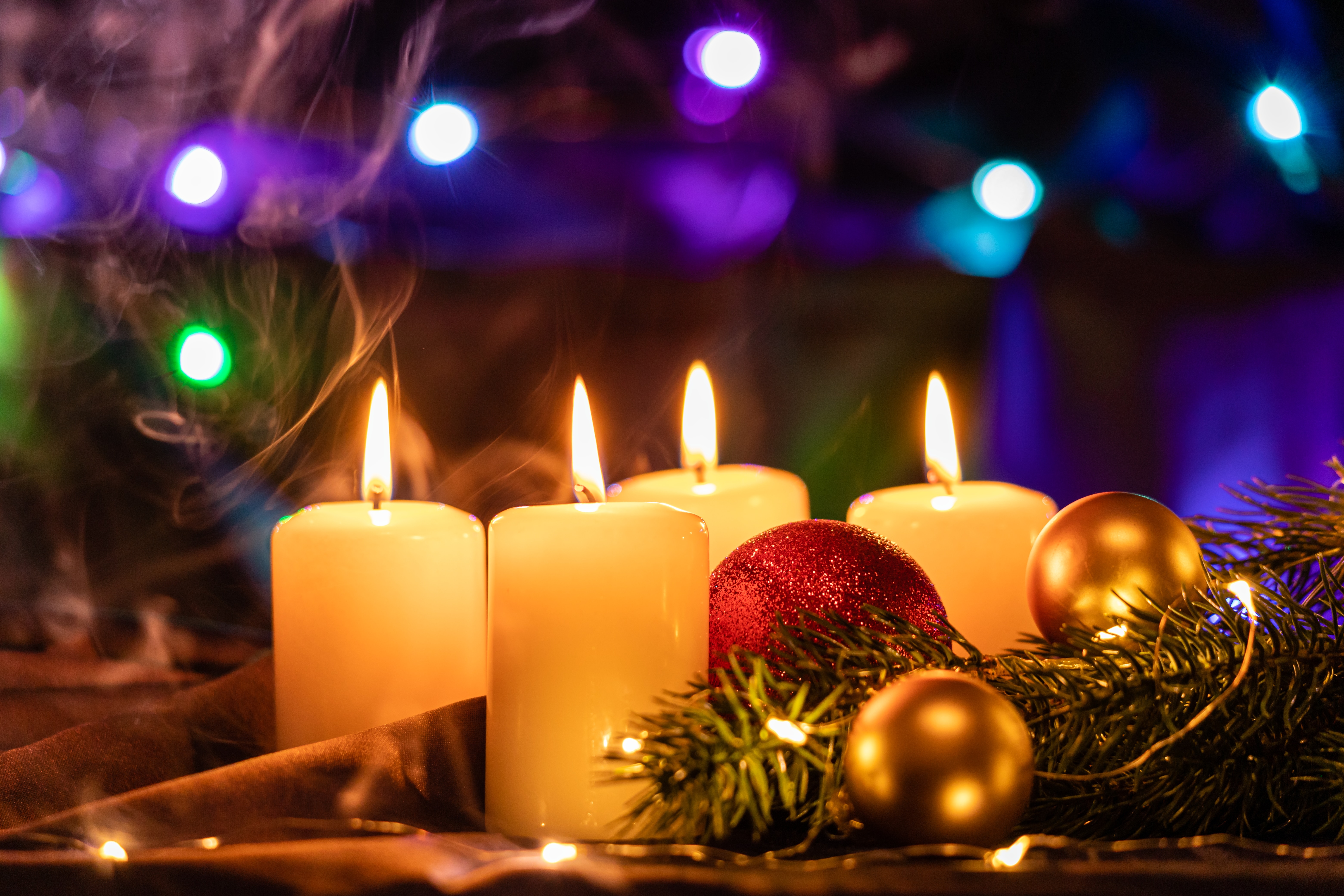 Christmas Candle
Christmas Candle
Also known as the Yule Candle, this large candle stood at the head of the dining table and the head of the household lit it at sunset. Once placed, this candle was never moved nor allowed to burn out or be blown out for 24 hours. If it couldn’t last, the head of the household snuffed out and lit a new one. By the Yule candle’s light, an even number of people sat down to the meal at the same time. At the meal’s conclusion, the diners must all leave the table together. Failing to perform any of these could bring dire consequences to the household, even potential death. If treated properly, the Yule candle brought good luck, healing, and protection. As you can see, many English Christian customs retained elements of ancient pagan superstitions.
Christmas Feast
This sumptuous meal boasted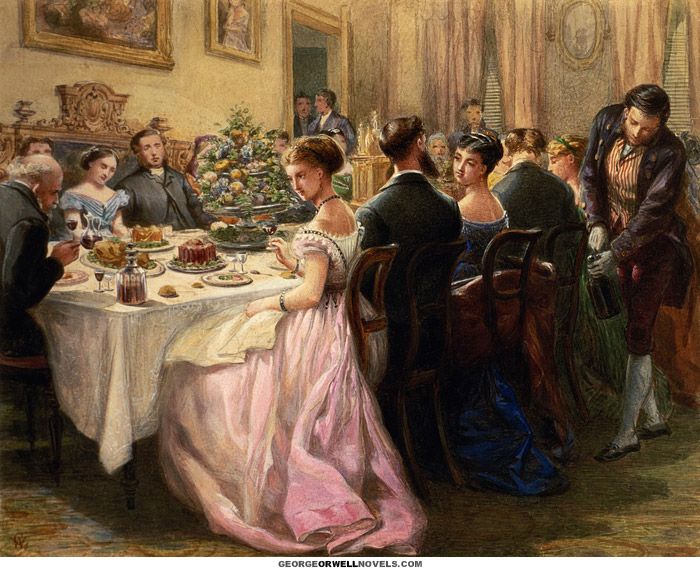 any number of meats including roast beef, roast goose, brawn, fish, poultry, and boar’s head. Usually, the boar’s head with an apple stuffed in its mouth took the spotlight. It was carried into the dining room with much ceremony including singing. Other Christmas dishes might include Yorkshire pudding, mincemeat pie, and plenty of breads.
any number of meats including roast beef, roast goose, brawn, fish, poultry, and boar’s head. Usually, the boar’s head with an apple stuffed in its mouth took the spotlight. It was carried into the dining room with much ceremony including singing. Other Christmas dishes might include Yorkshire pudding, mincemeat pie, and plenty of breads.
Sweet dishes included elaborately molded jellies, sugar cake or shortbread, trifles, rice puddings, plum pudding, apple dumplings, marzipan, and fruit cake.

Christmas Eve Church Service
To this day, church bells ring on Christmas Eve in every English village to call the faithful to services. Both members of the Church of England and Catholics could attend midnight mass. Christmas Eve service began with a parade of sorts. While singing carols, children dressed as camels, donkeys, wise men, and other characters from the bible story and walked toward the altar where Joseph and the Virgin Mary waited with an empty manger. A young person carried a doll representing the infant Jesus and placed Baby Jesus into the manger. Holy Mass began with the choir singing.
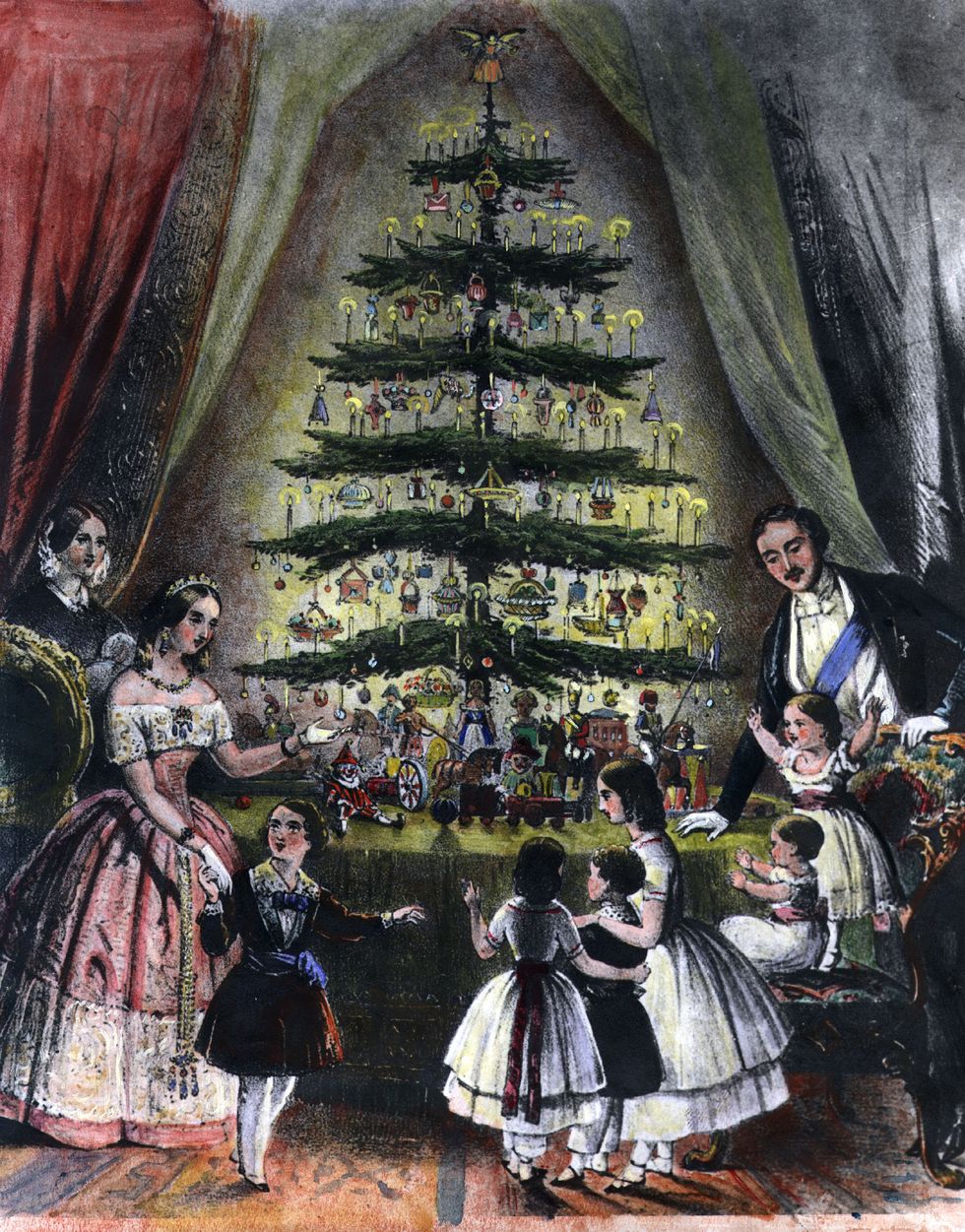
HULTON ARCHIVE//GETTY IMAGES
Christmas Trees
Queen Charlotte, a German Princess who married King George III, introduced her German custom of a decorated Yew branch in 1799. The next year, she placed a full-size, decorated tree in the main room in Windsor Castle. Some sources say the members of court and upper classes adopted the Christmas tree in their own family Christmas celebrations, but most agree that the Christmas tree didn’t become a widely-established tradition in England until later. In 1840, Prince Albert, also of Germany, married Queen Victoria and in 1848, an engraving of the Royal Family celebrating Christmas at Windsor was published in the newspaper which showed Victoria and Albert standing with their children around a Christmas tree. Since the English adored Queen Victoria, and that year’s royal celebration was so widely known, the general populace adopted the custom of a Christmas tree with ornaments. By the 1850’s, every drawing room in England had a Christmas Tree.
However, most people living in the Regency Era had not yet heard about Christmas trees or began including them in their decorations.
St Nicholas?
Hanging stockings for old Saint Nick had not yet become a custom in England. For that, we must wait for the Victorian Era.
Which of these historical customs have made their way into your family celebration?
Many of these traditions are featured in my Christmas romances, pictured below. All are on Amazon Kindle and most are in also print. (Links are below)
“A Christmas Reunion” https://www.amazon.com/dp/B00OFAVKBY
“Mistletoe Magic” https://www.amazon.com/dp/B006MI3M36
“A Winter’s Knight” https://www.amazon.com/dp/B018YCCQ6G
Christmas Secrets https://www.amazon.com/dp/B076B6Z7GZ
Merry and Bright Regency Duet https://www.amazon.com/dp/170848888X


“Christmas tree didn’t become a widely-established tradition in England until 1840, when Queen Elizabeth and her husband, Prince Albert” I’m sure you meant to write Queen Victoria.
Oh, no! I can’t believe I said the wrong name. Then again, I get my children’s names wrong all the time, too :/
Thanks for pointing that out to me! I corrected it in the post.
A lovely blog pre-Christmas., thank you. Although I believe you meant to write Queen Victoria and Prince Albert, not Queen Elizabeth. Always enjoying your books and still have a few Christmas ones I haven’t read yet.. on my tbr. Wishing you a merry Christmas and happy healthy year to come x
Oh, no! I can’t believe I said the wrong name. Then again, I get my children’s names wrong all the time, too :/
Thanks for pointing that out to me! I corrected it in the post.